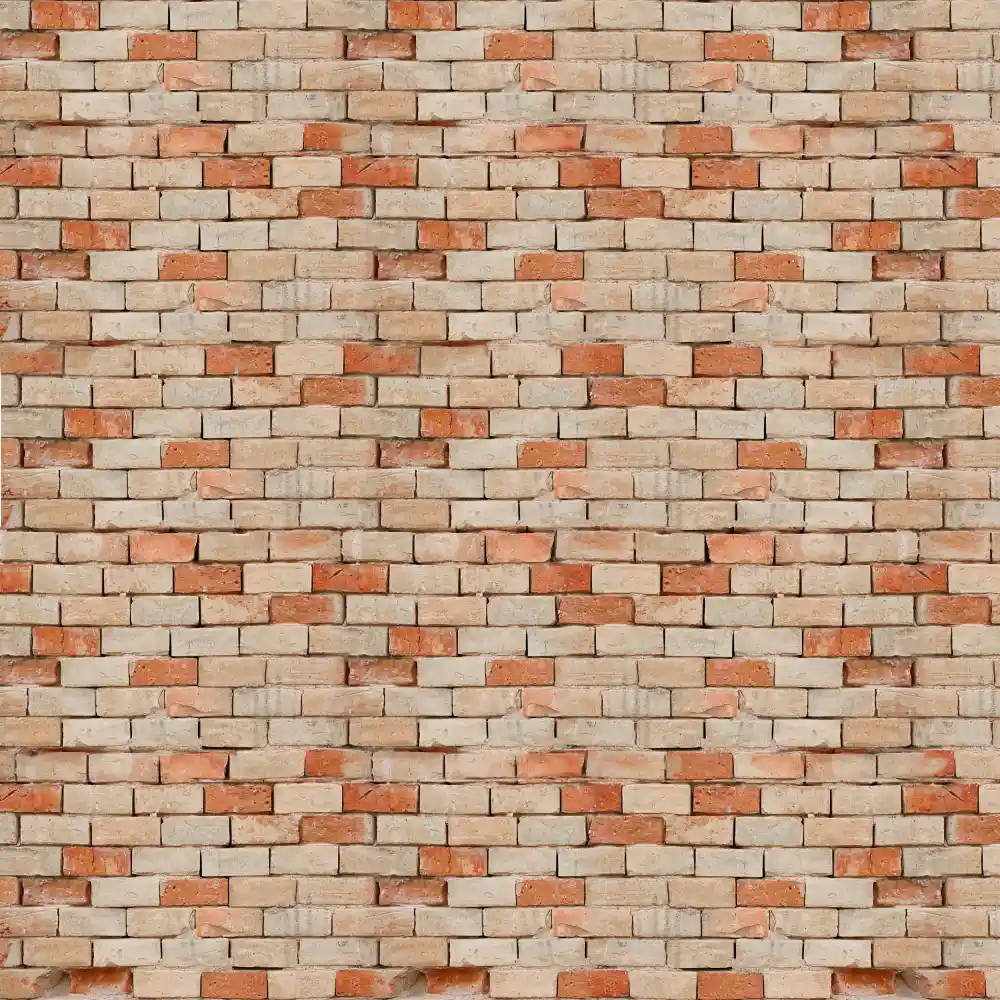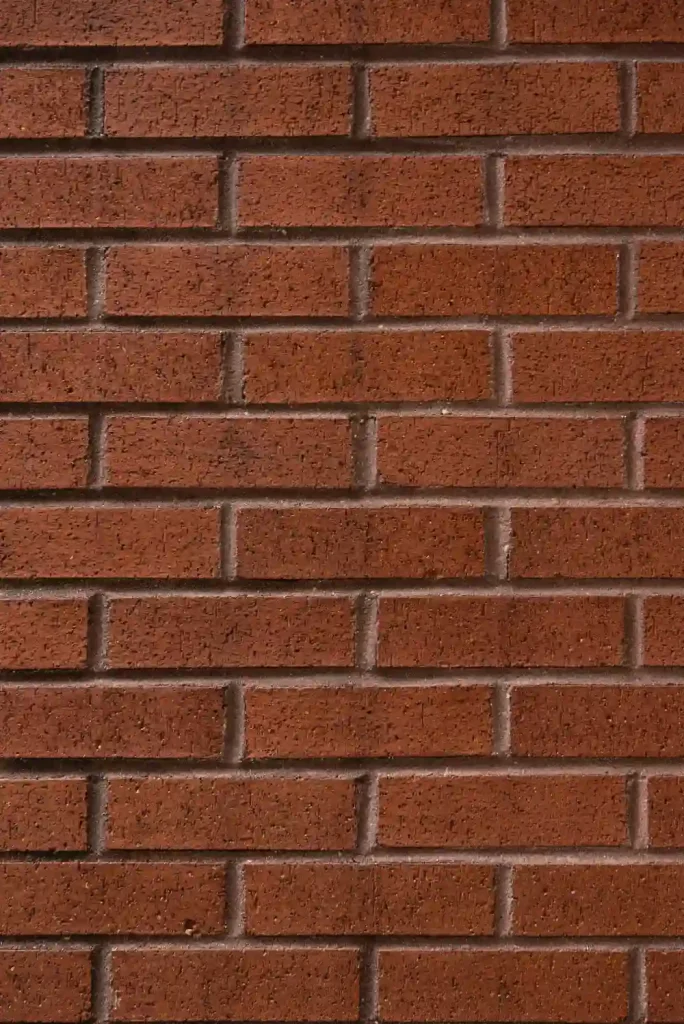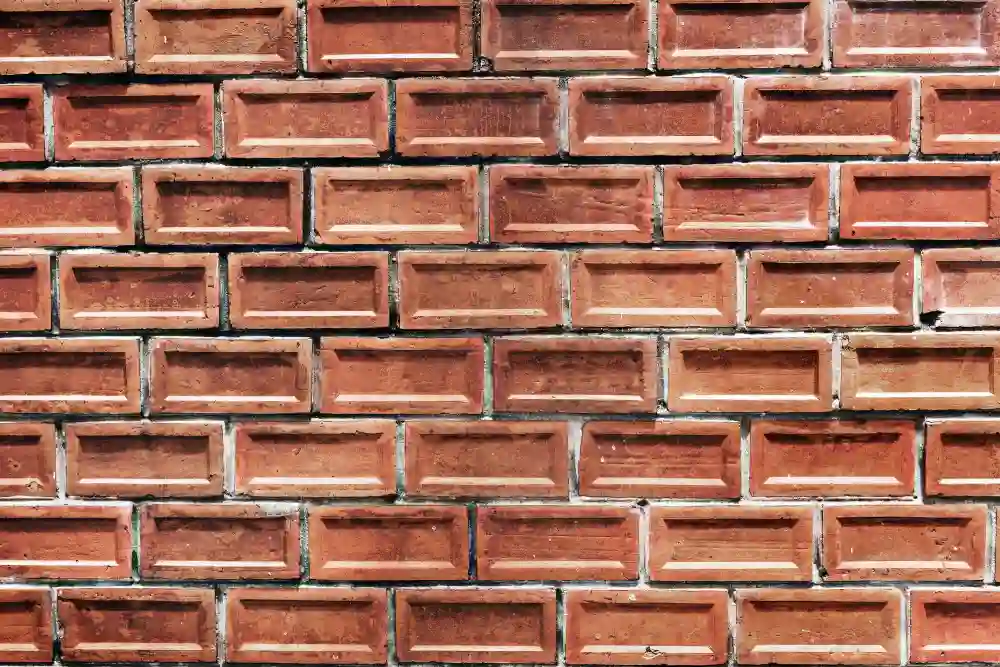From making a strong foundation to the right color selection of a building, we need to pay careful attention to these details. When selecting the perfect sofa, lamp, or furniture, it showcases your creativity in decorating the space.
While you start realizsing this in depth, you can understand that choosing the best brick wall is a fundamental architectural job where the real strength and beauty begin. It leads to creating a rustic and earthy charm in an elegant space. The right choice of brick wall patterns is not only aesthetically appealing but also contributes to structural integrity.
Over the years, brick wall patterns have become the most versatile option for homeowners and interior designers to add interest and warmth to any wall. Their usage in modern construction is a statement piece used to create a timeless appearance. Read this article to learn more.
What is a Brick Wall Pattern?
Brick wall patterns, often referred to as bonds, dictate how bricks are arranged in wall construction, enhancing both aesthetics and functionality It can be arranged as a column, sidewalk, or wall. The range of patterns fits from traditional to contemporary styles, significantly enhancing the overall functionality of any space.
Brick Wall Pattern Designs

The variety of brick wall patterns is impressive With more than its strength and durability also how much brick is required for a wall depends on the wall’s design, homeowners can achieve a visually engaging appearance at the same cost. So deciding on an appropriate style is essential.
Header Bond
Header bond is a popular brick wall pattern where all the bricks are laid perpendicular to the wall face. This method consumes so many bricks, particularly those reserved for high-quality buildings. Even a less skilled labor can handle this brick; its specific design elements are primarily used for decorative purposes. Due to its limited strength, this is not highly recommended for buildings subjected to heavy loads.
Stretcher Bond
It is a bricklaying pattern where all the courses are laid as stretchers. This method involves laying bricks horizontally with their longest side exposed. It creates an overlapping pattern, providing a clean and modern look to your building. Stretcher bond is easy to use to construct thicker walls, especially for walls of half-brick thickness (approximately – 100 mm). Opt for this bond for garden walls and partition walls, but not for load-bearing structures due to its limited structural strength.

Flemish Bond
The Flemish bond is ideal for creating an aesthetically pleasing appearance. This wall bond has alternative stretchers and headers on every course. It means that the headers in one course are falling between the gaps over the stretchers in the course below. These wall faces are identified with a diagonal pattern, suitable for non-load-bearing walls that require decorative applications. It can be stronger when properly constructed for decorative applications; but itbut might not be the best choice for buildings subjected to withstand significant loads.
English Bond
It is a traditional wall brick pattern determined by alternating courses of headers and stretchers. The header bond is centered over the stretchers underneath, which is quite stronger than the Flemish bond. It is the oldest pattern and is commonly used in civil engineering projects like embankments, bridges, and viaducts. This alternate pattern provides excellent strength and structural integrity to the load-bearing walls and foundations.
Stack Bond
In a stack bond, the bricks are positioned directly on top of each other, with no overlap. This vertical alignment is inherently weak, yet it delivers a striking visual effect. It offers a minimalist and contemporary look and is often used for non-load-bearing walls. To compensate for the lack of bonding, reinforcement is required to leverage stability.
English Garden Wall Bond
The primary purposes of English garden wall bonds are to offer aesthetic appearance and structural integrity. It involves three courses of stretchers laid for every one course of the header, often in various colours. Typically, it has been used for garden walls and low-rise buildings. When compared to English bonds, they are less strong and cost-effective.
Designs Around Exposed Brick Walls

Here are the best ways to design your exposed brick walls. Based on the type of infrastructure, you can make a wise choice.
Combine Brick with Modern Elements
Adding a contemporary style to your brick pattern can significantly elevate its appeal. Consider pairing modern finishes, such as glossy Scandinavian-style furnishings, white walls, and black countertops, to create a chic and sophisticated atmosphere.
Incorporate Floating Shelves
Elevate the elegance of rustic brick walls just by installing floating shelves. It allows for storage and improves the traditional view of exposed brick walls. But ensure the shelves don’t hide the wall.
Exposed Brick Headboard
An exposed brick wall can serve as a striking headboard. If your bedroom features a single brick wall, placing the bed against it will create a focal point that draws immediate attention, adding a touch of warmth and style to the room.
Pair Brick with Wood
Pairing a brick wall with wood elements brings a rustic yet refined look to your space. The wood elements are elegant and draw out both the colour and texture of your brick. They are a kind of highlighter, offering a new appearance to your room and adding interest.
Painted Brick Ideas
Painting brick walls provides a natural colour, worth holding to improve the space and make it more aesthetic. Applying a thin, minimalist layer of paint elevates the character of the brick so that perfection can be achieved.
Go with Old-World Style
Historic elements can add value to your designs. A detailed look can be achieved by choosing decorative elements and furnishings with vintage appeal and character. It really seems admirable and looks eye-catching.
Factors Influencing the Brick Wall Pattern Selection
The brick wall pattern influences the overall strength and look of the structure. Determining the right style appropriate to your dream and budget tends to provide a visually arresting appearance. With consideration of the significant factors mentioned below, you can choose the best pattern:
- Building Requirements: Prioritize the function of a building, like required strength, durability, or maintenance, to make a perfect choice. Residential buildings often focus on insulation and appearance, while commercial structures require enhanced durability and maintenance. Identifying these fundamental requirements helps find a suitable bond.
- Climate and Weather Conditions: Weather conditions have a direct impact on the longevity and appearance of a brick wall. Discuss the temperature range in the area of construction and choose a pattern accordingly. Harsh climates typically require a brick that can sustain extreme temperatures and heavy rainfall. Such as: Fly Ash Bricks, Fire Bricks (Refractory Bricks), etc
- Decorative Goal: Choose the wall pattern based on your personal taste and the building design. As mentioned, there are some specific patterns that contain decorative features that add an elegant touch to your space. Whether it is a traditional or modern style, making the right decision will offer the desired output.
- Material Availability and Cost: Brick size is a primary factor that influences the choice of pattern and cost. For instance, a large brick will not be suitable for Flemish bonding. Likewise, the brick pattern and quality determine the overall budget. The cost can vary for simple and complex patterns.
Final Thoughts
In summary, brick wall patterns are available in numerous designs, colors, and patterns. According to your construction requirements, including durability, strength, and visual appearance, you can make the best choice. From traditional to modern styles, they can suit your taste and budget. Regardless of the type chosen, the wall pattern should fit your building and style to avail of the long-term benefits.
FAQs
The English bond is extremely strong and durable compared to other wall patterns due to its interlocking brick arrangement. It is characterized by alternating stretchers and headers, commonly used for foundations and load-bearing walls.
To maintain its aesthetic appearance, regular cleaning with a mild detergent and thorough rinsing are essential. It can remove dirt, dust, and debris. In cases of severe damage, consult a professional bricklayer for a quick recovery.
A brick wall pattern denotes the position of bricks within a wall, whereas a brick wall type refers to the overall construction of a wall.

